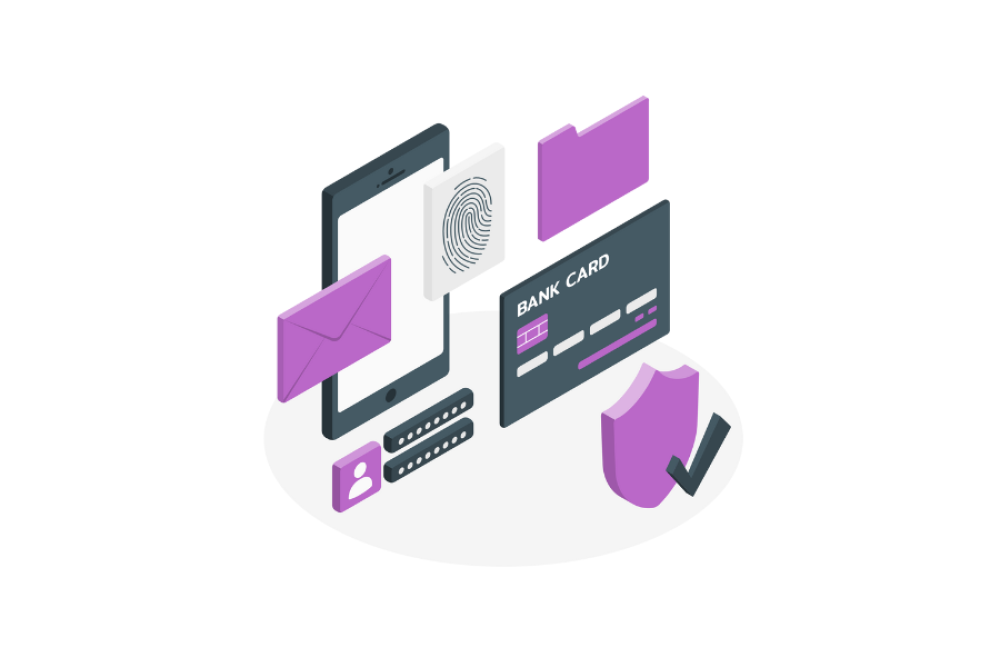Why face authentication is the future of digital banking security Written on

A total of 400,000 cases of credit card fraud were reported in 2020 and the numbers just keep growing year after year. Most people were or will be victims of financial fraud in the future — and this impacts both individuals and organizations.
The majority of banks and fintechs utilize unreliable second-factor authentication methods, such as One-Time Passwords (OTPs) or physical tokens. These methods not only pose security concerns but also lead to increased expenses for the institutions.
Numerous banking applications permit users to enter their accounts via their mobile phones' facial recognition system. Nevertheless, this method only verifies that the individual using the app is authorized to access the phone, not the account. Essentially, anyone capable of unlocking the phone can gain access to the account.
Customers desire smooth experiences, but they also require confidence that their financial assets are secure. So, is there a better way to deal with this problem?
Old authentication methods, new problems
Traditional security measures have a number of drawbacks. In the first place, they are easily bypassed by hacking techniques such as phishing attacks. Users are often tricked into revealing their login credentials through fake emails or messages by cyber criminals
OCBC Bank has recently revised the estimated cost of a phishing scam that occurred in December 2022. The latest figures show that the scam resulted in a loss of S$13.7 million. The scam involved the exposure of personal information belonging to thousands of customers, which was then used to make unauthorized transactions and transfers of funds.
Traditional security measures also fall short of providing a secure and user-friendly banking experience. They often come with drawbacks such as being inconvenient, time-consuming, and expensive. For example, customers may become frustrated, leading to increased customer churn.
💡 Passwords, OTPs, and other traditional authentication methods provide a less secure and more cumbersome banking experience.
A more secure and convenient way to authenticate users
Unfortunately, traditional password-based authentication methods are becoming increasingly vulnerable to hacking attempts and data breaches, leaving users' sensitive information at risk. As our reliance on digital platforms and online services continues to grow, so does the need for robust security measures.
Given these challenges, there is a growing need for a more secure and user-friendly authentication option in the banking space. Solutions like face authentication offer more secure and user-friendly ways of verifying a user’s identity and preventing unauthorized access. It uses unique facial characteristics to verify a user's identity, resulting in a method that is both more difficult to compromise and provides a more seamless user experience.
Compared to traditional authentication methods, face authentication offers several advantages. It provides a smooth method for verifying the identity of users for any kind of transaction, whether it be a simple account check or a more complex transaction. Additionally, it is more user-friendly than two-factor authentication because users do not need to carry any additional devices or remember multiple passwords.
Key takeaways
Traditional authentication methods like passwords and OTPs are easily bypassed by hacking techniques and can be inconvenient and expensive for customers.
Face authentication offers a more secure and user-friendly way of verifying a user's identity and preventing unauthorized access.
As digital platforms and online services continue to expand, it is crucial for financial institutions to adopt advanced security measures to protect their customers' financial assets.
Check our new eBook about safeguarding digital transactions with face authentication to get further insights on this technology and its benefits.






